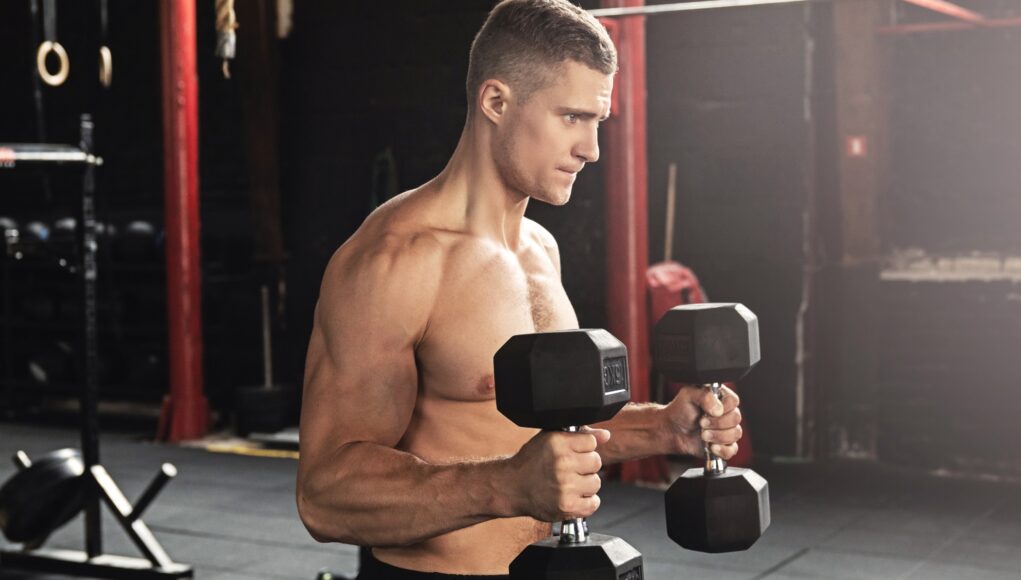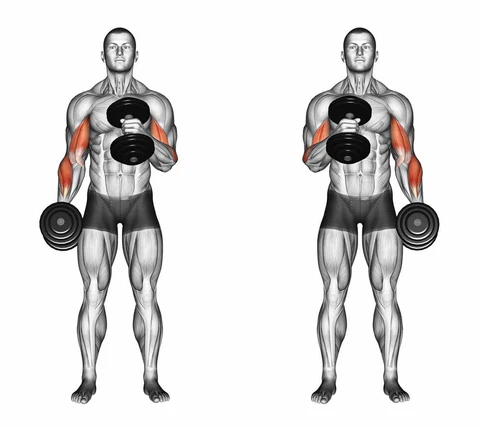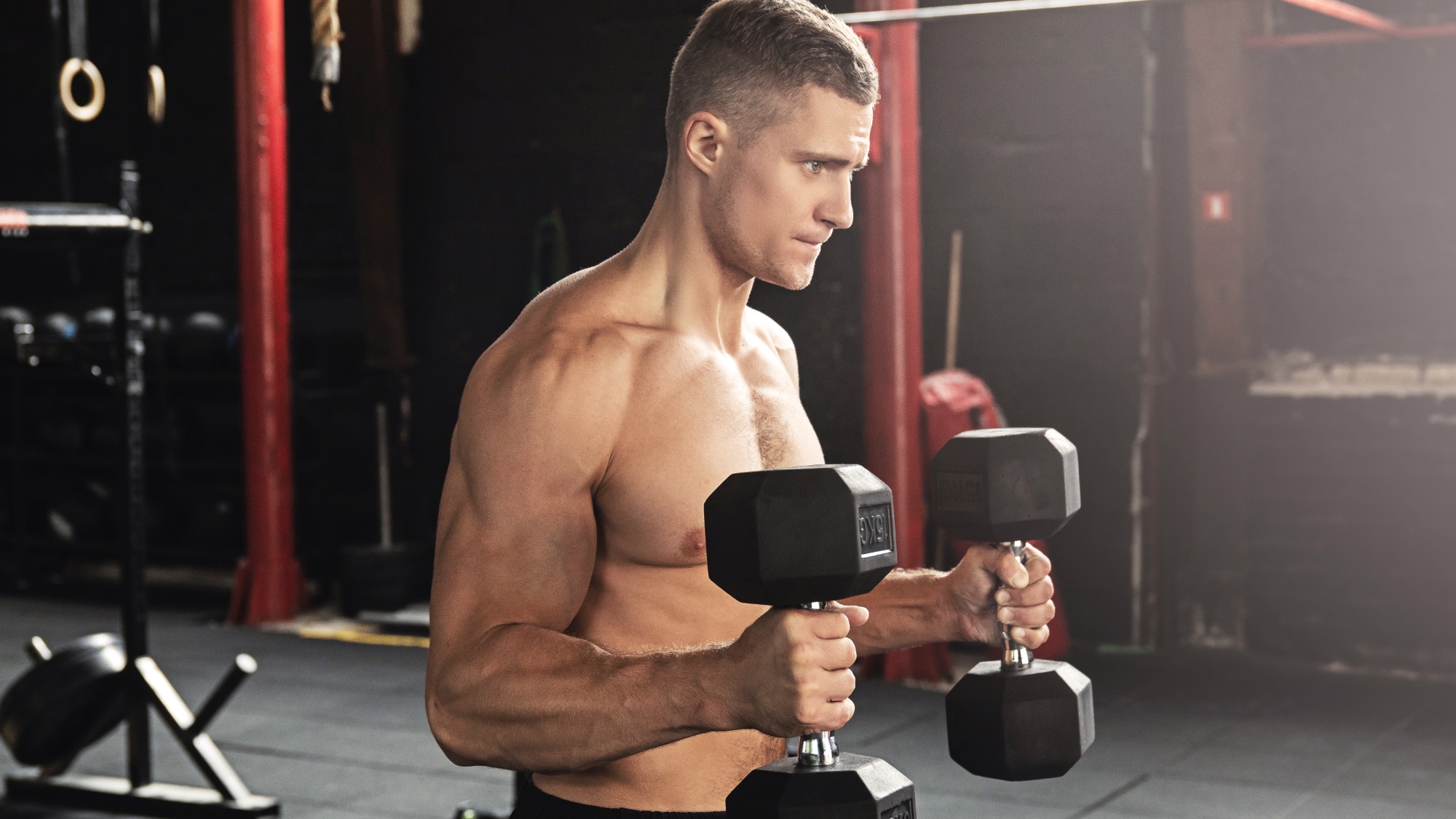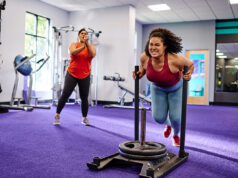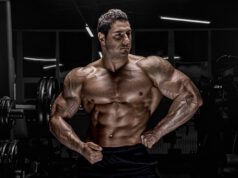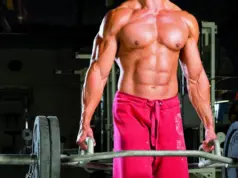Hammer Curls
Hammer curls are one of the best exercises for building strong, muscular arms. Unlike traditional bicep curls, hammer curls use a neutral grip (palms facing each other), which shifts emphasis from the biceps to the brachialis and forearms.
This movement not only enhances arm size but also improves grip strength and functional performance.
In this article, we’ll cover what hammer curls are, whether they primarily target the forearms, which muscles they work, whether you should curl one arm at a time, and how they compare to standard bicep curls.
What Are Hammer Curls?
Hammer curls are a variation of the standard bicep curl, performed with a neutral grip (palms facing each other).
This grip reduces wrist strain and emphasizes different muscles compared to regular curls. The movement pattern remains similar—lifting the weight by flexing the elbow—but the positioning of the hands changes muscle engagement.
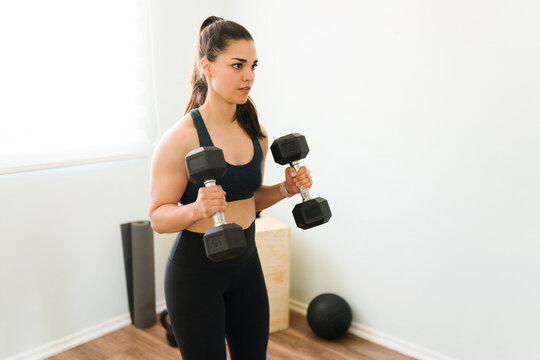
How to Perform Hammer Curls Correctly
- Hold a Dumbbell in Each Hand: Stand tall with your arms fully extended and your palms facing inward.
- Keep Your Elbows Close to Your Body: Avoid flaring your elbows outward to maintain proper muscle engagement.
- Curl the Dumbbells Upward: Lift the weights while keeping your palms facing each other. Stop when the dumbbells are at shoulder height.
- Lower with Control: Slowly return to the starting position to maximize muscle activation.
- Repetitions and Sets: Perform 3–4 sets of 8–12 reps, adjusting the weight based on your strength level.
Hammer curls can be performed using dumbbells, resistance bands, or a cable machine with rope attachments for added variation.
Are Hammer Curls Mainly for Forearms?
While hammer curls do engage the forearms, they are not primarily a forearm exercise. Instead, they target multiple muscles in the arms, including the brachialis—a muscle that sits underneath the biceps and contributes to overall arm thickness.
The reason hammer curls are often associated with forearm training is that they require significant grip strength and engage the brachioradialis, a key forearm muscle. However, they are still primarily an upper arm exercise that also benefits the forearms.
If your goal is forearm development, exercises like wrist curls, reverse curls, and farmer’s carries may be better suited for direct forearm growth.
Which Muscles Do Hammer Curls Work?
Hammer curls effectively train several key arm muscles:
Brachialis
The brachialis is the primary muscle worked in hammer curls. It lies underneath the biceps and helps push them outward, creating wider, thicker arms.
Biceps Brachii (Long and Short Heads)
The biceps are still activated in hammer curls, but they are less emphasized compared to regular curls. The neutral grip reduces the involvement of the biceps’ short head while engaging the long head more.
Brachioradialis
The brachioradialis, one of the largest muscles in the forearm, plays a major role in hammer curls. This muscle is responsible for forearm thickness and contributes to grip strength.
Forearm Flexors
Holding the dumbbells throughout the movement places constant tension on the wrist flexors, improving grip endurance and wrist stability.
Hammer curls provide a balanced arm workout, hitting both the upper arm and forearms, making them an excellent addition to any arm training routine.
Should You Curl One Arm at a Time?
Hammer curls can be performed with both arms simultaneously or one arm at a time. Each method has its own benefits:
Two-Arm Hammer Curls (Simultaneous Curls)
- More time-efficient – You work both arms at the same time, making your workout quicker.
- Heavier weights possible – Because both arms work together, you may be able to lift slightly heavier weights.
- Engages the core more – Helps with balance and stability.
Single-Arm Hammer Curls (Alternating Curls)
- Allows for greater focus on each arm – Useful for correcting strength imbalances between arms.
- More controlled movement – You can focus on form and prevent momentum from affecting the lift.
- Engages stabilizer muscles – Since one arm is moving independently, your body has to work harder to maintain balance.
Which One Should You Do?
Both variations are effective, and the choice depends on your training preference. If you’re short on time, go for two-arm curls. If you want to focus on form and prevent imbalances, alternating curls are the better option.
Hammer Curls vs. Bicep Curls: Key Differences
Both hammer curls and bicep curls are excellent for arm development, but they work the muscles differently.
Grip and Hand Position
- Hammer Curls: Neutral grip (palms facing each other)
- Bicep Curls: Supinated grip (palms facing upward)
Muscles Targeted
- Hammer Curls: Emphasize the brachialis and brachioradialis, making them better for overall arm thickness and forearm strength.
- Bicep Curls: Focus more on the biceps brachii, especially the short head, which contributes to the bicep peak.
Strength and Functional Benefits
- Hammer Curls: Improve grip strength and forearm endurance, benefiting functional strength and athletic performance.
- Bicep Curls: Are better for building the bicep peak and enhancing arm aesthetics.
Risk of Wrist Strain
- Hammer Curls: Easier on the wrists because the neutral grip is a more natural position.
- Bicep Curls: Can cause wrist discomfort when using heavy weights due to the supinated grip.
Which One Should You Do?
- If your goal is bigger, thicker arms with strong forearms, hammer curls are the better choice.
- If you want to isolate the biceps and create a more defined peak, bicep curls should be prioritized.
- Best Approach: Include both in your routine to maximize arm development.
How to Incorporate Hammer Curls Into Your Routine
Hammer curls should be included 1–2 times per week in a well-balanced arm workout.
Example Arm Workout:
- Hammer Curls – 3 sets of 8–12 reps
- Bicep Curls – 3 sets of 8–12 reps
- Reverse Curls – 3 sets of 10 reps (for forearm development)
- Chin-Ups – 3 sets to failure (for overall arm and grip strength)
- Farmer’s Carries – 3 sets of 30 seconds (to improve grip and forearm endurance)
Conclusion
Hammer curls are one of the best exercises for building strong, well-rounded arms. While they are not solely a forearm exercise, they do heavily engage the brachialis and brachioradialis, which contribute to arm thickness and grip strength.
They offer unique benefits compared to bicep curls, including better wrist comfort, increased forearm engagement, and improved functional strength.
Whether performed one arm at a time or both simultaneously, hammer curls should be a staple in any arm training program.
By incorporating both hammer curls and bicep curls into your routine, you’ll maximize your arm growth, strength, and aesthetics.

